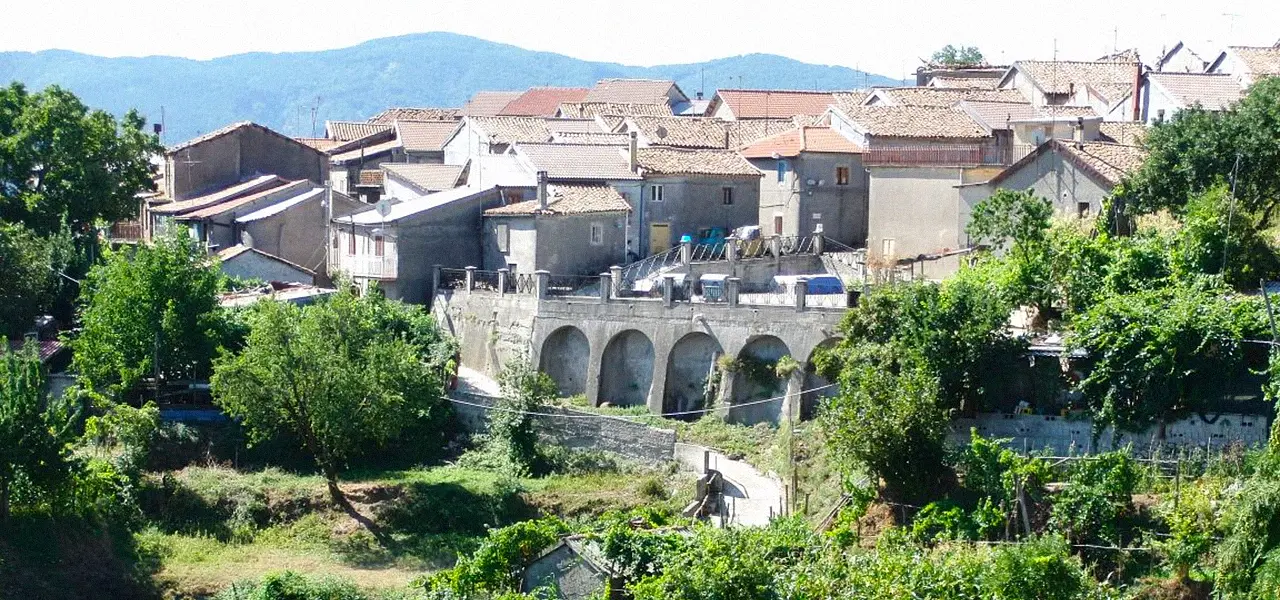

The road to Serra San Bruno - Fabrizia
A town with an industrious past, today it recalls it in the remarkable scenery of the square and the widespread quality of the urban fabric


Where

Fabrizia, a town among the forests of the Serre Mountains
Fabrizia is a town on the Ionian side of the Serre Mountains, 947 meters above sea level, in thehigh basin of the Allaro River Basin. The town lies on a wooded slope and is lapped by the road that climbs to join the state highway of Monte Pecoraro (m 1423), the highest elevation of the Calabrian Serre, at the turn of Serra San Bruno. A town with a remarkable past, it preserves notable churches and a number of aristocratic palaces with beautiful granite portals and artistic wrought-iron balconies.
In the sign of a distinguished Neapolitan family
Fabrizia long linked its affairs to the Carafa, one of the most illustrious families of the Kingdom of Naples, which boasted among other things a pontiff, Pope Paul IV, elected to the throne of Peter in 1555. A fateful character, however, was that Fabrizio Carafa who in 1590 had a residence built at the point of the Calabrian fiefdom judged most favorable not only in terms of vacationing but also in economic perspective because of the exceptional forest and mineral resources of the surrounding mountains. This, the cue that led to the formation of the village christened Fabrizia in tribute to its first lord.
The many memories of an industrious town
According to a mid-eighteenth-century land register, the Carafa government brought Fabrizia to an uncommon level of wealth. Demonstrating this, in the land registries of the time, in addition to the town's building tenor, were not only series of manufacturing facilities, such as mills and furnaces scattered throughout the Allaro basin, but also that varied array of arts and crafts indicative of the most dynamic economies. Fateful passage, in 1771, the twinning of the steel colony of Mongiana, located a few kilometers further upstream, which in time even became administratively independent of the original municipality.
The square dedicated to the most beloved queen
Fabrizia's story is reflected in the scenery of the Regina Margherita square, starting with the mother church dedicated to Santa Maria delle Grazie, although known to all as the church of the patron saint St. Anthony. The superb granite facade, of neoclassical lines, heralds the interior frescoed by two of the most celebrated Calabrian painters of the late 19th century, Zimatore and Grillo. At the high altar, the 18th-century wooden statue of St. Anthony of the Neapolitan school at the center of the patronal celebrations, which last a full 13 days in the first half of June. Back in the square, what remains of the old Carafa palace, known as the Cavalera, with the Church of the Most Holy Rosary in front, erected in 1611 as a noble chapel.
A touching memorial to the Great War
On the edge of the square is the Monument to the Fallen (1924), a remarkable work by Vibonese sculptor Romeo Vincenzo (1878-1942). An allegory of death for the homeland, the bronze bas-relief depicts Glory lifting and kissing a shielded warrior on the forehead. Below are portraits of three heroes framed by leaves evocative of the highest virtues. On the marble base, memorial plaques of the fallen: several dozen names, a staggering tribute paid by a municipality of a few thousand inhabitants in World War I.
Enter the Map of Italy's Undiscovered Wonders and find treasures where you least expect it... Inspire, Recommend, Share...
The Map thanks:
PSC 2014-2020 del Ministero del turismo - Avviso “Montagna Italia” - Progetto le Montagne del sole - Codice CUP J38J22000450008

In the Community
Enter the Map of Italy's Undiscovered Wonders and find treasures where you least expect it... Inspire, Recommend, Share...
The road to Serra San Bruno
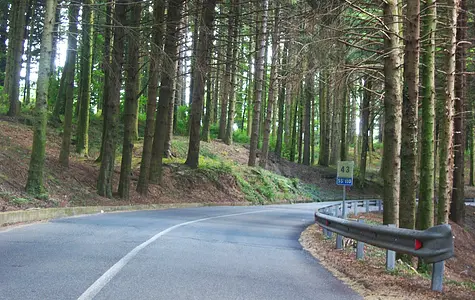
INTRODUZIONE
The road to Serra San Bruno

2 di 7
Stylus

3 di 7
The Road of Serra San Bruno - Bivongi
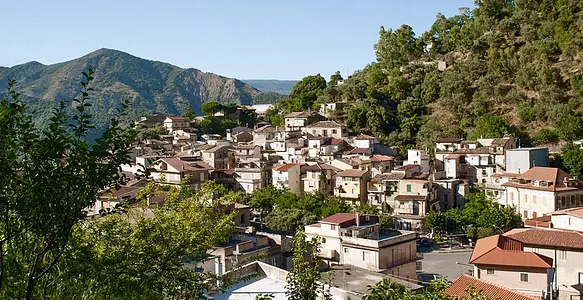
4 di 7
The Road of Serra San Bruno - Pazzano
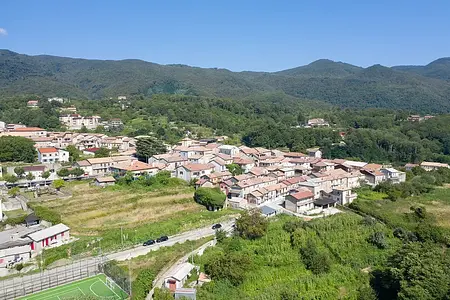
5 di 7
The Road of Serra San Bruno - Mongiana
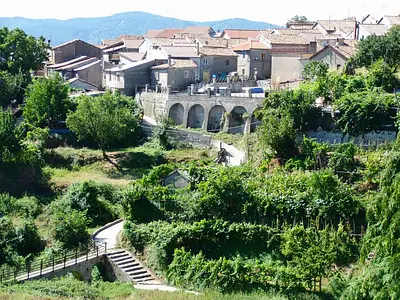
6 di 7
The road to Serra San Bruno - Fabrizia
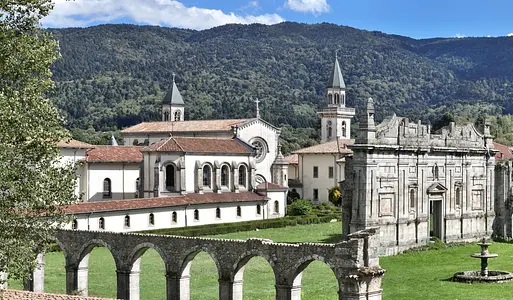
7 di 7
The Road of Serra San Bruno - Serra San Bruno
Where


